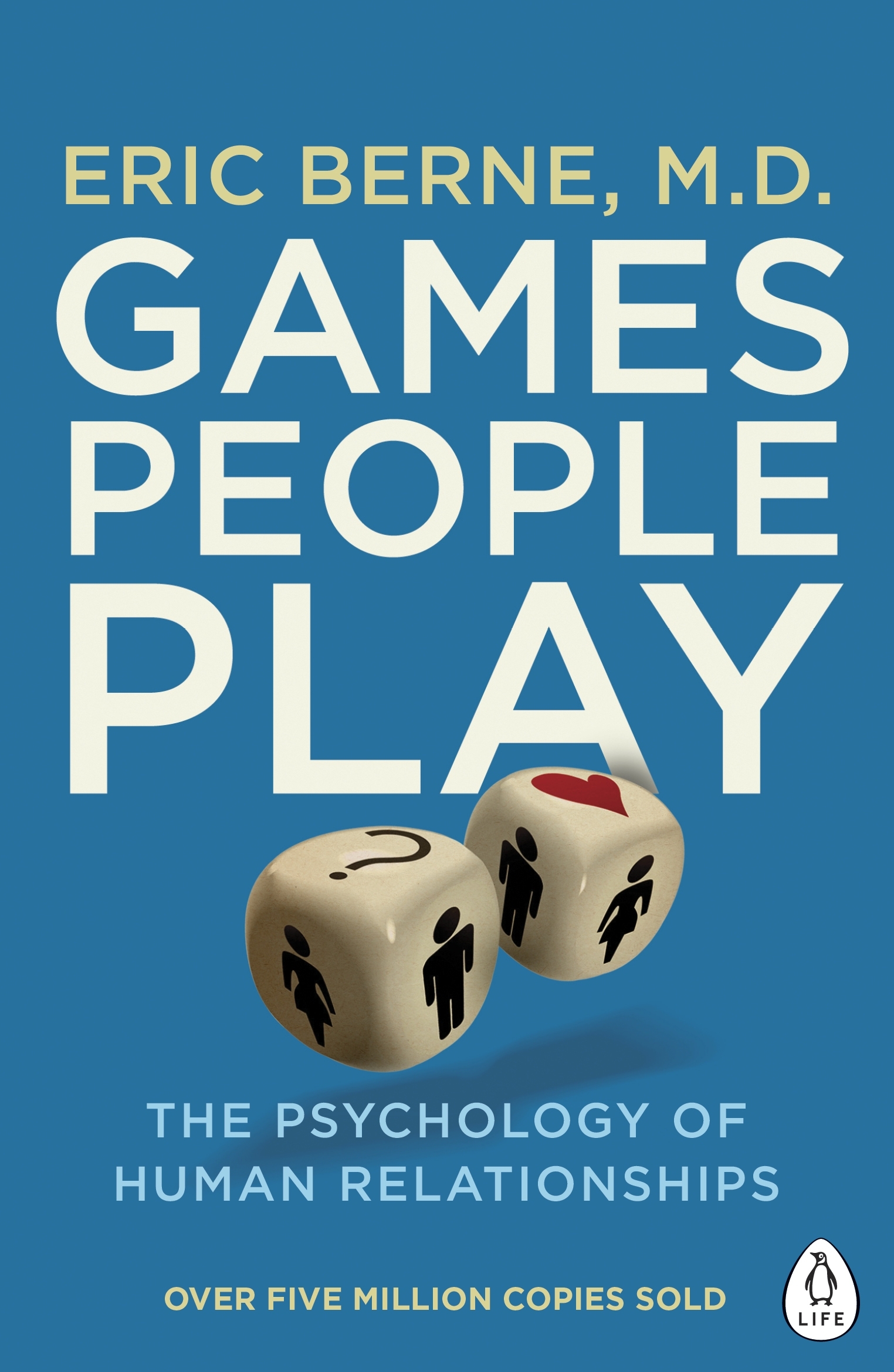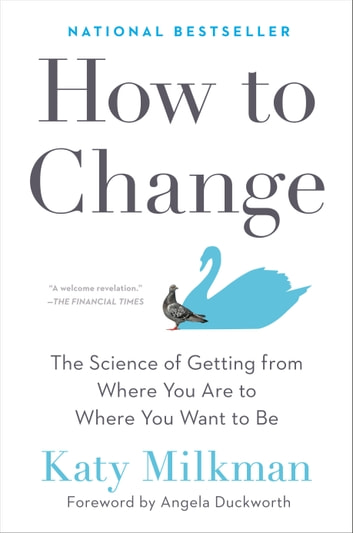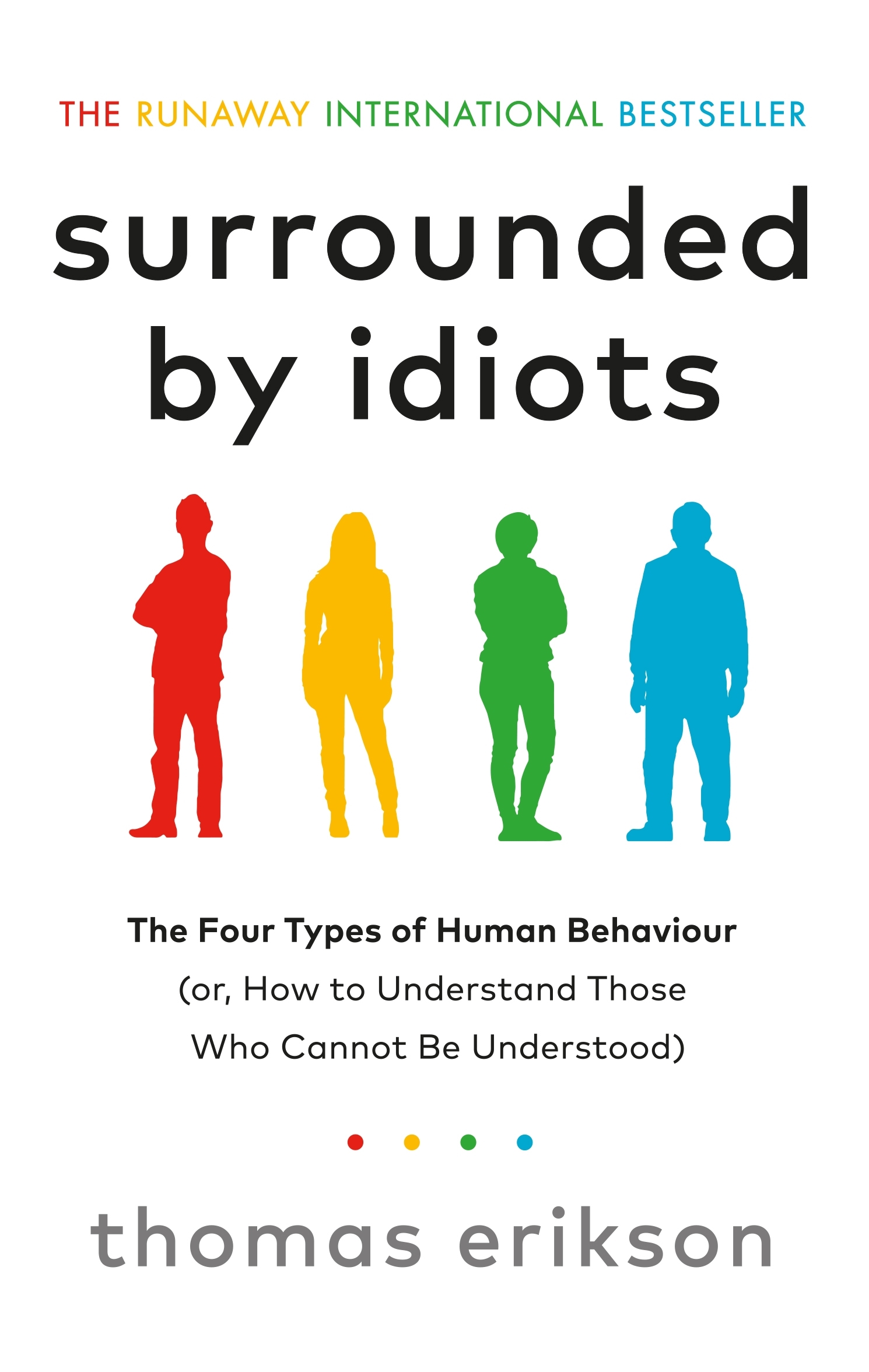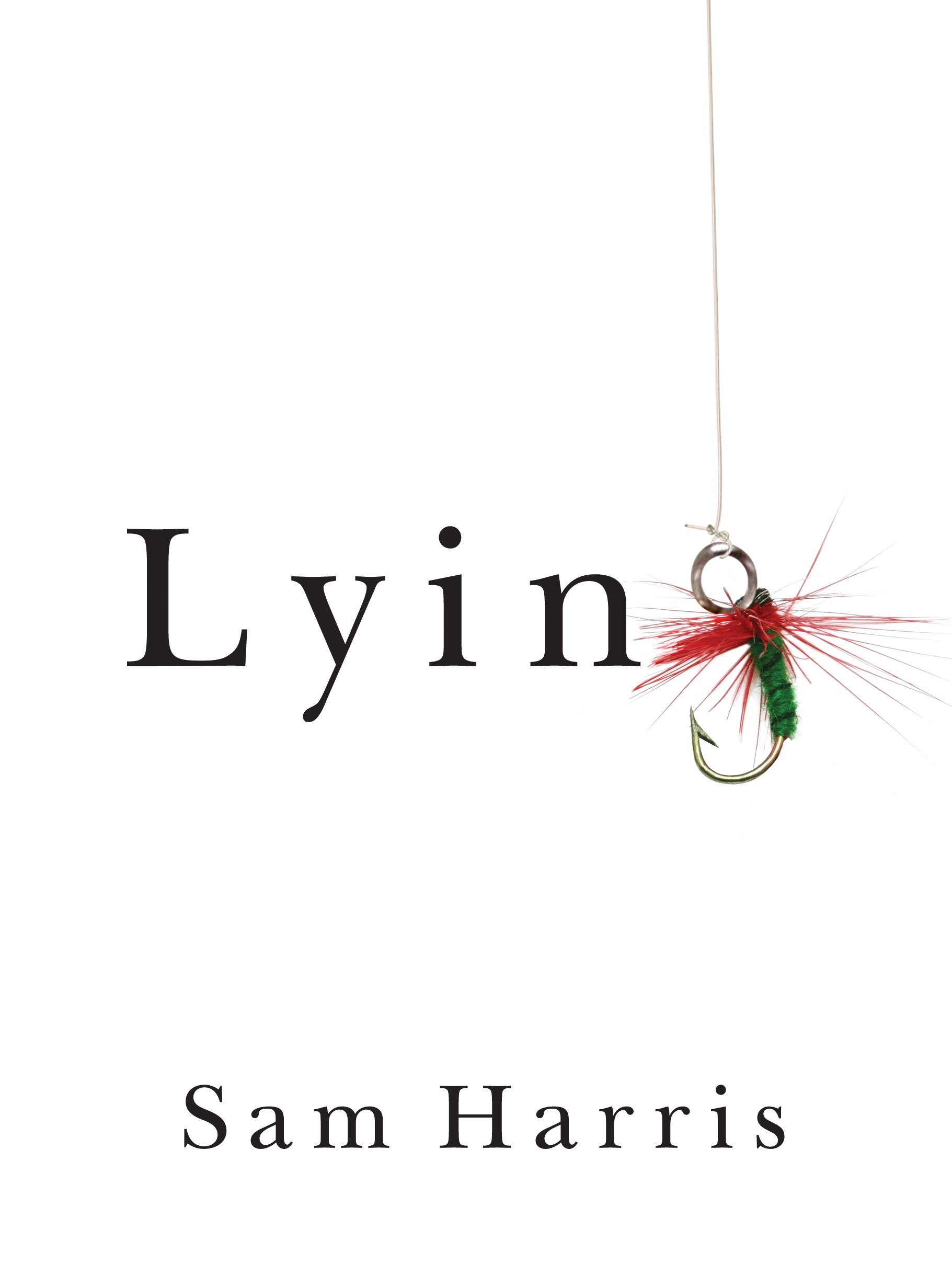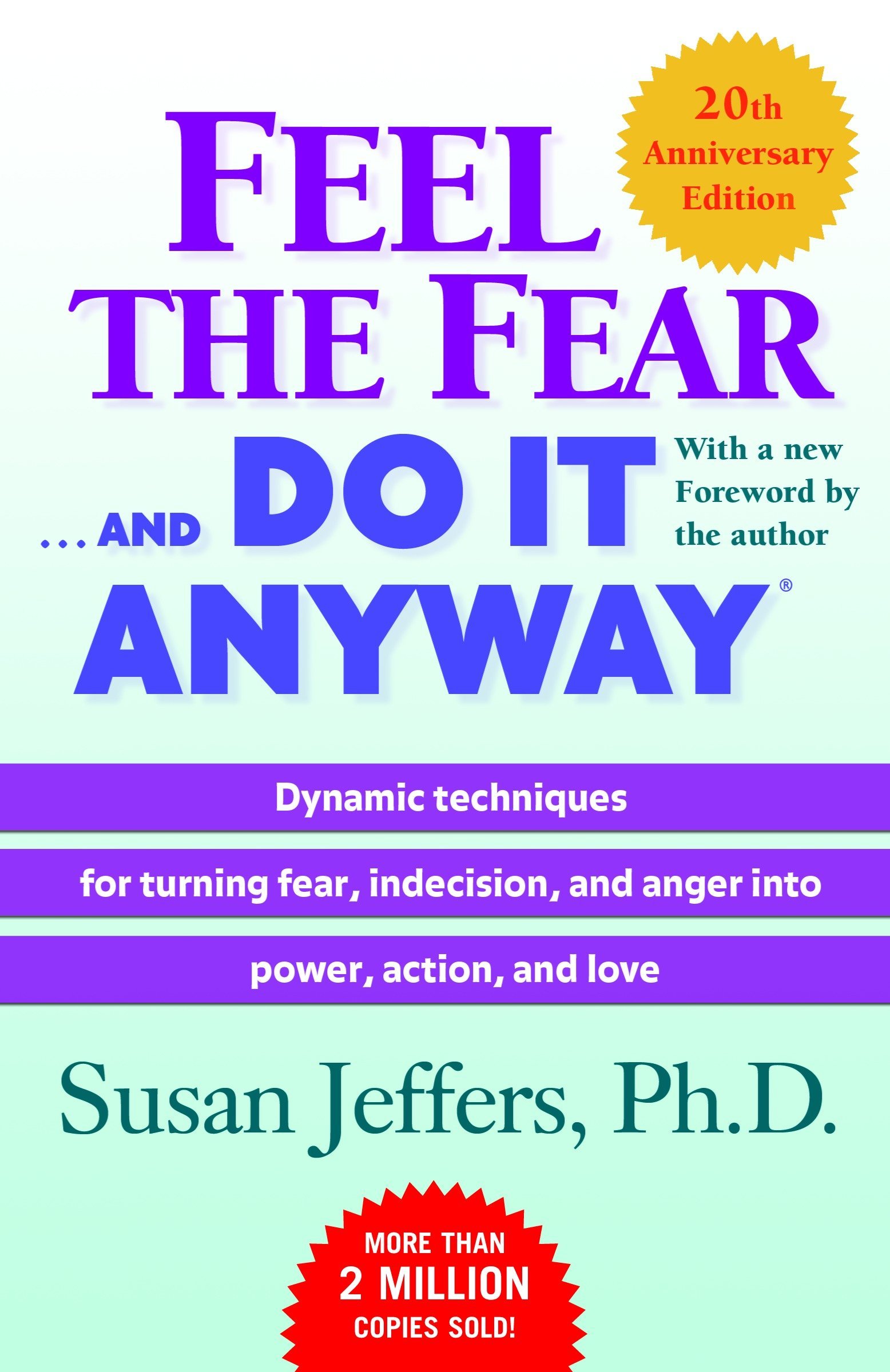The Catalyst
by Jonah Berger
- Behaviour
- Ashto =
- Jonesy =
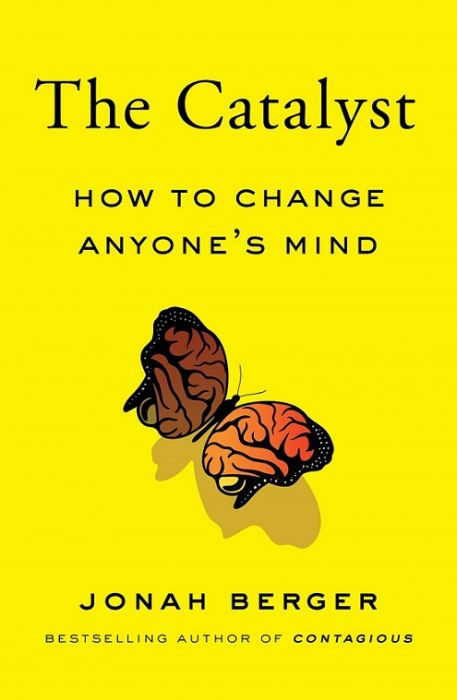
What You Will Learn from The Catalyst
This week, Ashto and Jonesy identified the key barriers to making changes and mitigating them. Everyone has something they want to change – marketers who wish to change their customers’ minds, leaders to transform organisations, start-ups to change industries or nonprofits to change the world. However, change is hard, especially when nothing moves after countless efforts. The Catalyst takes a different approach to successfully executing change, focusing on removing significant roadblocks and reducing the barriers to change. This book offers a range of powerful techniques for anyone who wants to catalyse change. Whether you’re trying to change one person, transform an organisation or shift the way an entire industry operates a business, this book will teach you how to become a catalyst.
A Better Way to Change Minds
Let’s take a look at a completely different domain: chemistry. If left for thousands or millions of years, things change. Carbon gets pushed into diamonds, and dead algae and plankton turn into oil. Thankfully, chemists have figured out a way to make reactions happen a lot quicker and applied the process to our everyday life, such as cleaning the exhaust in your car, cleaning the grime off your contact lenses or turning plastics into bike helmets. They found substances that speed up change, enabling molecules that might take years or decades to interact to do so in seconds (or less).
How do you make reactions happen more quickly? We might think chemical change requires more energy to generate more reaction. On the contrary, these substances allow change to happen more rapidly with less energy. These substances are called the ‘catalysts’.
Catalysts have revolutionised chemistry – generating multiple Nobel Prizes, keeping billions of people from starvation and spawning some of the greatest inventions of all time. But their underlying approach is equally powerful in the social world. They showed us that there is a better way to create change – not by pushing harder but by reducing the barriers to change. Rather than coming up with more convincing arguments, changing someone’s mind means becoming a catalyst, which focuses on removing the mental roadblocks that keep people from taking action.
Reactance
People need autonomy and freedom. We like to feel that our lives are within our personal control. When an authority tells us we can’t or shouldn’t do something, it interferes with our autonomy. It feels like we’re losing control of our actions, so we push back. One way to reassert our feeling of control (to feel autonomous again) is to engage in the forbidden behaviour. When the police say we can’t text and drive, we sneak off a cheeky message while we’re at a stop light.
The solution
If we want to change something, we need to do it in a way that still gives people a feeling of control and autonomy. So you need to deliver your message in a way that doesn’t make it feel like you’re pushing your target audience.
-
Provide a menu
One way to allow people to choose for themselves is to let them choose from a narrow range of options you’ve provided. It’s like going to an Italian restaurant. They don’t say, ‘You can only have spaghetti bolognese.’ Instead, they provide you with a menu. They’ve selected what goes on the menu, but you get to choose a dish from that menu. You may not be able to select a lamb kebab or sweet and sour pork, but you still get the feeling of having a choice. Providing these guided choices allows you to somewhat control the outcome and gives the chooser some feeling of autonomy.
-
Highlight a gap
A method for self-persuasion is to highlight a gap – a disconnect between someone’s thoughts and actions or a disparity between what they would recommend for others versus what they would do themselves. It would help if you started by having an understanding. For example, hostage negotiators have long relied on a simple stairway model. When they try to convince an international terrorist to let hostages go, the first step is not to persuade or push because that would trigger the roadblock of reactance.
Endowment
Status quo bias is everywhere. People tend to eat the same food they’ve always eaten, buy from the same brands they’ve always bought or donate to the same causes they’ve always supported. Even those who suffer from heart problems and go through angioplasty to widen their obstructed arteries wouldn’t change their diet immediately to improve their health. Despite the doctors’ constant advice, only 10% would change their lifestyle.
The solution = Surface the cost of inaction
The solution to this issue is to highlight the small costs of inaction that add to enormous costs over time. We must emphasise the importance of going through the initial pain of switching for a far greater reward later. It generally takes a massive problem to prompt us to make a change. For instance, if an agency running your eCommerce website messes up your platform and lets it crash for a week, you’re going to look for a new agency. However, if they allow minor errors to stay on the site without fixing them, you’ll probably ignore such a trivial issue. Horrible performance generates action, but average performance creates complacency.
But of course, ongoing underperformance (though insignificant at first) will compound significant losses down the track. To overcome endowment and prompt action, we must help people realise the cost of doing nothing. Rather than being safe and costless, sticking with a status quo that isn’t perfect has a significant downside.
Distance
When trying to change minds, we hope that providing evidence will work. We think that giving people facts, figures, and other information will encourage them to move in our direction. The intuition is simple – data should lead people to update their thinking. They should consider the provided evidence and shift their opinions accordingly. Unfortunately, that doesn’t always happen.
Numerous studies have found similar effects. Whether examining medicine, politics, or other areas, evidence that was supposed to change minds didn’t always work. Sometimes evidence made people more likely to believe the truth, but other times, it just reaffirmed falsehoods. Even though there was little intent to persuade (so presumably wasn’t triggering Reactance), people still discounted the information. Rather than changing false beliefs, exposure to facts and data often increases misperceptions.
The solution = Ask for less
The solution to the problem of rejection is to ask for less. For example, home surveys. Imagine getting a phone call. The caller introduces themself as a representative from the Consumers Group, asking if they’d be willing to participate in a study. It involves them coming over to your house to categorise all of your household items to study people’s buying behaviour. Five or six team members would come over to your house and need to be there for a few hours to access all your cupboards and storage spaces. You might need to help them out too, and you won’t get paid for this. Unsurprisingly, the acceptance rate for this experiment was very low.
Two Standford psychologists were interested in getting people to do something they didn’t want to do. They managed to get more than half of the people they called to participate in this in the same home survey. The difference? They started by asking for less.
Three days earlier, they had called this second group of people with a much more innocuous request. They used the same background story, but rather than requesting a bunch of strangers to rummage through their whole house for half a day; they asked whether they would be willing to answer a few quick questions about their shopping patterns in a short phone survey. Most people were happy to oblige. When the scientists called back three days later with that same initial big request, more than half the people agreed to it.
Uncertainty
Uncertainty is great for the status quo; if any uncertainty is involved, people will stick with what they’re already doing. But uncertainty sucks if you’re trying to get people to change. Instead of moving ahead and trying something new, uncertainty makes people wait and stick with whatever they have always been doing. New things almost always involve some degree of uncertainty, so if it’s not clear that something will be better, people will just stick with the status quo and not change.
The solution = Trialability
If people can try something, they’re more likely to make the change. People might give it a shot if this can be tested or experienced on a limited basis. So by decreasing that uncertainty they previously had, they might be more willing to make the change. Some things are easy to try. For example, listening to a new podcast is free; it takes you 5 or 10 mins to see if you like it, and you can easily switch back to your regular episode. Some things are more tricky. Buying a new car is a big commitment, and you can’t return it, so there is a lot of uncertainty involved. Obviously, the solution here is to do a test drive. A test drive will ease a lot of uncertainty and help you make the right decision. You can do some other things as a catalyst to decrease the uncertainty, and hence make change more likely to happen.
Taking advantage of inertia
Inertia and endowment are big roadblocks to change, but if you execute this approach correctly, tackling the roadblock of uncertainty helps you turn inertia and endowment to work in your favour. Once people own something, they become attached to it and don’t want to give it up. Giving free trials and test drives shifts people’s mindsets. They’re no longer deciding whether they want to buy it or not – they’re deciding how much they want to keep it. Counterintuitively, giving people more time to try something makes it less likely for them to return it. People grow attached to the new item, and suddenly it’s not new anymore, it’s become theirs, and they want to keep it.
Corroborating Evidence
Pebbles and boulders
How do you feel about pine trees? Prime numbers? Sans Serif fonts? For most people, these are examples of weakly held attitudes. You have an opinion, but it’s not that important to you, so it’s relatively easy to get you to change. Contrast that with how you feel about different political parties, your favourite sports team or how you feel about abortion. These are examples of strong attitudes and high-involvement topics that you’ve thought about or held with great moral conviction. Therefore they’re hard to change.
To change strong attitudes, you need corroborating evidence from the right people in a suitable delivery at the right time. Changing weak attitudes is like moving a pebble, but changing strong attitudes is like pushing a boulder.
The solution = Strength in numbers
The solution to someone not accepting your recommendation or making the change you want them to make is relying on the strength in numbers. It’s not you pushing the boulder repeatedly to move it. It’s about getting multiple pairs of hands to shove the boulder together.
If only one source is saying or doing something, it’s hard to know their opinion’s validity. But if multiple sources say or do the same thing, that’s corroborating evidence: the reinforcement and consistency that might be enough to get you to change. As the old saying goes, ‘If one person says you have a tail, you laugh and think they’re crazy. But if three people say you have a tail, you turn around to look.’
Political views are like a boulder; the brand of printer paper you buy is like a pebble. Moving boulders is tough but not impossible. As a catalyst, you need to solve the translation problem by helping find the right corroborating evidence. The bigger the boulder, the more (and better) sources of evidence you need.
Conclusion of The Catalyst
Sometimes, by focusing too much on ourselves, we forget the essential part of initiating a change: our audience. Instead of asking, ‘How could I change someone’s mind?’ Perhaps you can ask, ‘Why haven’t they changed already? What’s stopping them?’ Try to identify the barriers or roadblocks that are stopping them. What parking brakes are keeping them stuck where they are? If we find those barriers or parking brakes, instead of pushing more heat on the accelerator, maybe we need to release the parking brake – and the rest will follow.
Discover Similar Books in Our Library
Browse our website and explore more books to learn about human behaviour. Some of our popular titles are The Tipping Point by Malcolm Gladwell, Games People Play by Eric Berne and The Definitive Book of Body Language by Allan and Barbara Pease.




